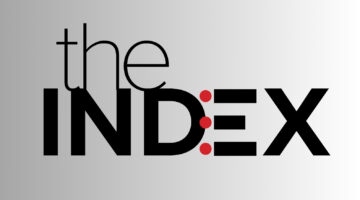When launching a new product, Apple often gets a free pass and a ton of somewhat undeserved credit for having it all figured out. This is especially true with its new healthcare product: Apple Health.
Kyle Samani, the CEO of Pristine, has a great list of all the unanswered questions around Apple’s new product on his post at EMR & HIPAA. Before launching Pristine last year, Samani developed and deployed electronic medical records into hospitals, so he knows what questions to ask.
He gives Apple credit for accomplishing two things — providing a central dashboard for consumers and a robust mechanism for health apps to share data with one another. Then he explains all the open questions:
1) How does Apple Health actually work? Apple provided virtually no details. Does the patient need the Epic MyChart app on their phone? Is there custom code integrating iOS to Epic MyChart? Is there a Mayo Clinic app that is separate from Epic MyChart? If not, how does Apple Health know that the consumer is a Mayo patient? Or a Kaiser Permanente patient? Or a Sutter Health patient?
2) Does the patient give consent per data value, or is it all or nothing? How long does consent last? Must consent be taken at the hospital, or can the patient opt in or out any time on their phone? Who within the health system can access the consented data?
3) Given that there are hundreds of EpicCare silos and dozens of CareEverywhere silos, how does Apple Health decide which silo(s) to interface with? Does data go to an HIE or to an EMR? If to an HIE, can all eligible connected providers access the data with consent? If a patient has records in multiple HIEs and EMRs (which they likely do), how does Apple Health determine which HIE(s) to push and pull data from?
4) Does Apple Health support non-numerical data such as CCDAs? What about unstandardized data? For example, PatientIO allows providers to develop customized care plans for patients that can include almost any behavioral prescription. Examples include water intake, exercising at a certain time of the day, taper schedules, etc.
5) Can providers write back to a patient’s Health profile? Given that open.epic doesn’t allow Epic to send data out, how could Apple Health receive data from Epic?
7) How will Apple handle competing health apps installed on the same consumer’s phone? For example, if I tap “more diabetes info” in Apple Health, will it open Mayo Clinic’s app (and if so, to the right place in the Mayo Clinic app?) or the blood glucose tracking app that came with with my blood glucose meter? Or my iTriage or WebMD app?
8) Is Apple Health intended to function as a patient-centric HIE? If so, what standards does it support? CCDA? FHIR? Direct?

Take the 2025 Benefit Consultant Sentiment Index Survey
If you’re helping clients navigate big changes—from the surge in GLP-1 demand to AI to the growing pressure to demonstrate ROI – we want your thoughts.






